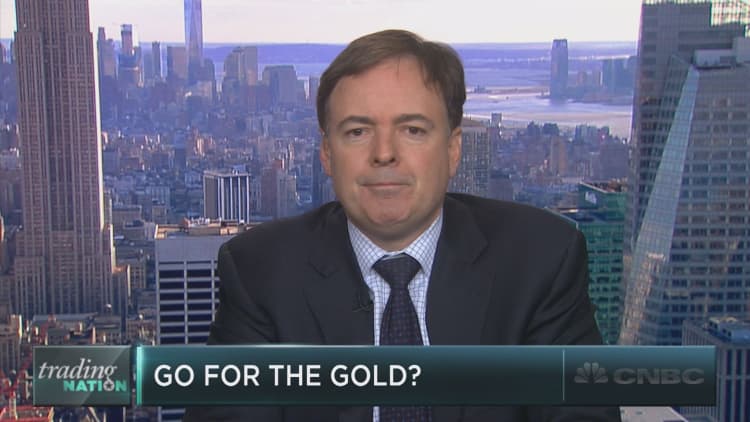
It's common market wisdom: In scary and volatile times, gold rules the roost. Unfortunately, the facts don't quite bear out that intuition.
That is, there is no significant relationship between the CBOE Volatility Index — often known as the "fear index" — and gold. Actually, over the past five years, the correlation between the gold ETF (GLD) and the VIX has been mildly negative on the whole.
The volatility index, known as the VIX, is often considered the best measure of fear in the marketplace. That's because it is computed from the prices of options on the S&P 500, and most use S&P options to hedge against downside rather than speculate on upside. Notably, the VIX generally closely tracks recent volatility, even though it technically measures expectations of future volatility.
What the chart above shows is that the relationship between the yellow metal and volatility is anything but stable, with the GLD and the VIX shifting from bitter enemies to best of friends and back. Over the past five years, there is almost no relationship between the two, with a correlation of -0.02. Meanwhile, this year, however, the correlation has jumped to 0.32.
So what's a more reliable predictor of gold? The dollar, for one. Over the past five years, the GLD and the dollar index (which tracks the greenback's moves against a basket of major currencies, most notably the euro) have enjoyed a correlation of -0.37, indicating that a dollar fall could reasonably be expected to lead to a gold rise.
Further, the 60-day correlation between the two rarely turns positive.
Before buying gold, therefore, investors might be wise to ignore their predictions of future volatility, and focus on what they think the dollar will do.






